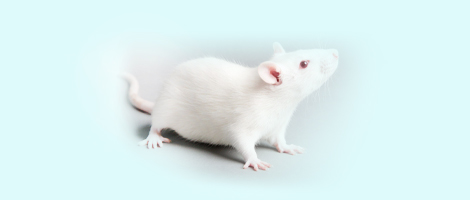[1] Miller MW, Sadeh N.Traumatic stress, oxidative stress and post-traumatic stress disorder: neurodegeneration and the accelerated-aging hypothesis[J]. Mol Psychiatry, 2014, 19(11):1156-1162.
[2] Igarashi KM.Plasticity in oscillatory coupling between hippocampus and cortex[J]. Curr Opin Neurobiol, 2015, 35:163-168.
[3] Croft W, Dobson KL, Bellamy TC.Plasticity of neuron-glial transmission: equipping glia for long-term integration of network activity[J]. Neural Plast, 2015, 2015:765-792.
[4] Hill MN, Hellemans KG, Verma P, et al.Neurobiology of chronic mild stress: parallels to major depression[J]. Neurosci Biobehav Rev, 2012, 36(9):2085-2117.
[5] Sadeghi M, Radahmadi M, Reisi P.Effects of repeated treatment with cholecystokinin sulfated octapeptide on passive avoidance memory under chronic restraint stress in male rats[J]. Adv Biomed Res, 2015, 4:150.
[6] Luczynski P, Moquin L, Gratton A.Chronic stress alters the dendritic morphology of callosal neurons and the acute glutamate stress response in the rat medial prefrontal cortex[J]. Stress, 2015, 18(6):654-667.
[7] Kim EJ, Pellman B, Kim JJ.Stress effects on the hippocampus: a critical review[J]. Learn Mem, 2015, 22(9):411-416.
[8] Hol EM, Pekny M.Glial fibrillary acidic protein (GFAP) and the astrocyte intermediate filament system in diseases of the central nervous system[J]. Curr Opin Cell Biol, 2015; 32: 121-130.
[9] Czéh B, Simon M, Schmelting B, et al.Astroglial plasticity in the hippocampus is affected by chronic psychosocial stress and concomitant fluoxetine treatment[J]. Neuropsycho-pharmacology, 2005, 31(8):1616-1626.
[10] Schmidt HD, Duman RS.The role of neurotrophic factors in adult hippocampal neurogenesis, antidepressant treatments and animal models of depressive-like behavior[J]. Behav Pharmacol, 2007, 18:391-418.
[11] Li LF, Yang J, Ma SP, et al.Magnolol treatment reversed the glial pathology in an unpredictable chronic mild stress-induced rat model of depression[J]. Eur J Pharmacol, 2013, 711(1-3):42-49.
[12] Chio CC, Lin MT, Chang CP.Microglial activation as a compelling target for treating acute traumatic brain injury[J]. Curr Med Chem, 2015, 22(6):759-770.
[13] Garwood CJ, Pooler AM, Atherton J, et al.Astrocytes are important mediators of Aβ-induced neurotoxicity and tau phosphorylation in primary culture[J]. Cell Death Dis, 2011, 2(e167):1-9.
[14] Emirandetti A, Graciele Zanon R, Sabha M Jr, et al.Astrocyte reactivity influences the number of presynaptic terminals apposed to spinal motoneurons after axotomy[J]. Brain Res, 2006, 1095(1):35-42.
[15] Menet V, Ribotta MG, Chauvet N, et al.Inactivation of the glial fibrillary acidic protein gene, but not that of vimentin, improves neuronal survival and neurite growth by modifying adhesion molecule expression[J]. J Neurosci, 2001, 21(16):6147-6158.
[16] Kamatsuka Y, Fukagawa M, Furuta T, et al.Astrocytes, but not neurons, exhibit constitutive activation of P2X7 receptors in mouse acute cortical slices under non-stimulated resting conditions[J]. Biol Pharm Bull, 2014, 37(12):1958-1962. |






